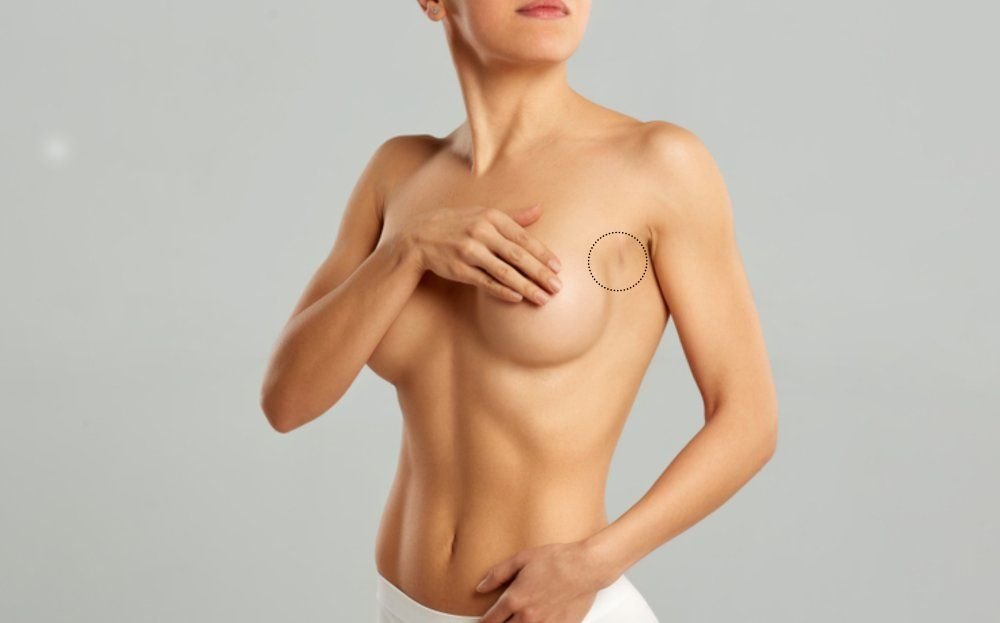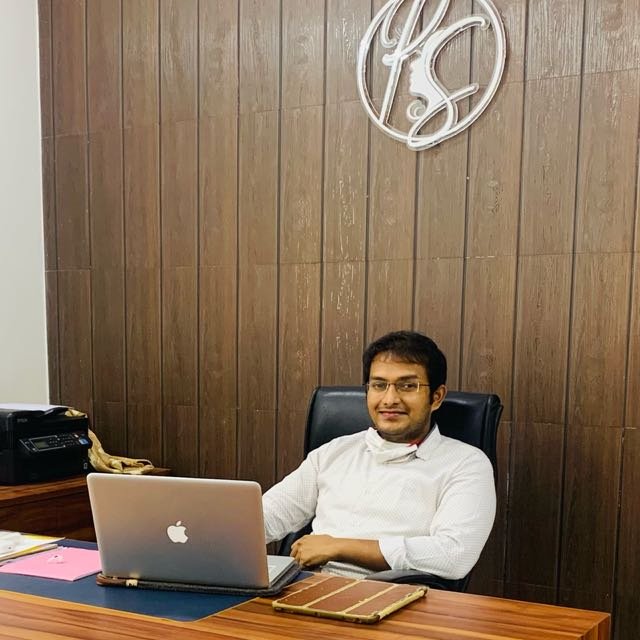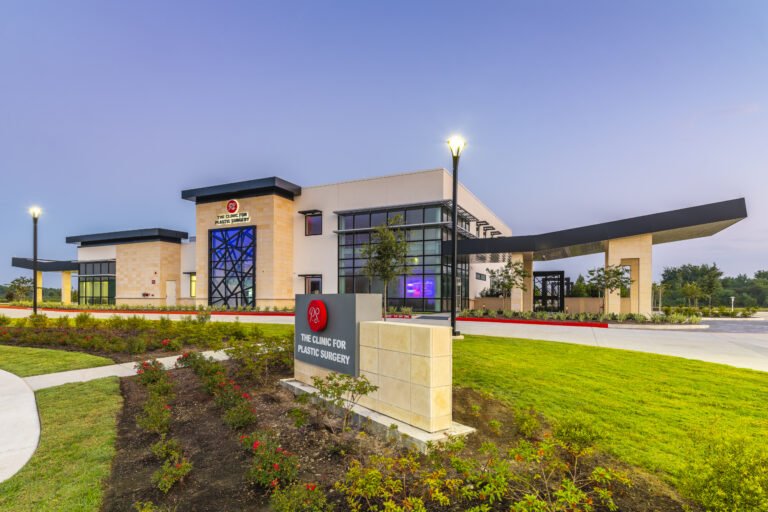Breast augmentation is not always cosmetic. For many women, especially those recovering from breast cancer surgery, congenital breast asymmetry, or trauma-related volume loss, breast augmentation is a medically indicated procedure. South Korea, a global leader in aesthetic and reconstructive surgery, offers world-class options for patients seeking medical breast augmentation — most notably via fat transfer and breast implants.
But how do these two techniques compare, especially when your breast surgery is motivated by medical necessity rather than aesthetics alone? Here’s a detailed guide comparing Fat Transfer vs. Implants based on clinical practice and patient outcomes in top Korean clinics.
1. Purpose and Indications
Fat Transfer (Autologous Fat Grafting)
- Ideal for:
- Mild to moderate volume enhancement
- Post-lumpectomy or partial mastectomy reconstruction
- Correcting congenital asymmetry
- Patients preferring natural tissue
- Often chosen by patients seeking less invasive, natural augmentation and fewer foreign materials in the body.
Breast Implants (Silicone or Saline)
- Ideal for:
- Total breast reconstruction after mastectomy
- Significant volume restoration
- Patients seeking predictable shape and size
- More appropriate when larger volume correction is needed or skin envelope expansion is required.
2. Surgical Procedure Differences
Fat Transfer
- Involves liposuction to harvest fat from donor areas (abdomen, thighs, flanks).
- Fat is purified and strategically injected into the breast area.
- Typically outpatient, minimal scarring.
- Usually requires multiple sessions for optimal volume.
Breast Implants
- Involves creating a pocket under the breast tissue or muscle to insert a silicone or saline implant.
- Requires longer surgery time and may involve drains.
- More standardized with one procedure usually achieving full results.
3. Pros and Cons
| Aspect | Fat Transfer | Breast Implants |
|---|---|---|
| Material | 100% natural fat (from the patient) | Medical-grade silicone or saline |
| Scarring | Minimal (tiny cannula entry points) | More visible (inframammary or periareolar incisions) |
| Feel & Appearance | Very natural; soft tissue | Natural, but more projection |
| Volume Limit | Limited by fat availability and retention (~50–70%) | Predictable, larger volumes easily achievable |
| Longevity | Permanent if fat survives, but partial reabsorption | Long-lasting; may need replacement after 10–20 years |
| Risk Profile | No foreign body, but risk of fat necrosis or cysts | Implant rupture, capsular contracture |
4. Medical and Reconstructive Context
In Korea, clinics emphasize functional and aesthetic outcomes, especially for patients needing reconstruction after:
- Breast cancer surgery
- Congenital deformities (e.g., Poland syndrome)
- Injury or burns
- Hormonal or genetic underdevelopment
Fat grafting is often used in combination with implants in complex reconstructions — particularly in top Seoul-based hospitals like Samsung Medical Center, Severance Hospital, and JK Plastic Surgery Center, where patient-specific plans are developed with multidisciplinary teams (oncologists, plastic surgeons, and radiologists).
5. Recovery and Aftercare in Korean Clinics
Fat Transfer:
- Recovery is faster with less discomfort.
- Some swelling and bruising at both donor and graft sites.
- Patients are advised to avoid pressure on breasts and monitor fat survival over time.
Implants:
- Recovery is longer, especially with submuscular placement.
- Compression garments and activity restriction required.
- Clinics offer VIP medical tourism programs with private rooms, lymphatic massage, and post-op nurse care.
6. Cost Considerations
- Fat Transfer: ₩6M–₩10M (~$4,500–$7,500 USD), depending on liposuction areas and sessions required.
- Implants: ₩8M–₩13M (~$6,000–$10,000 USD), including the cost of premium implants like Motiva or Mentor.
Many Korean clinics offer packages for medical tourists, including accommodation, interpretation, airport pickup, and consultation support.
7. Which Is Better for You?
| Your Needs | Best Option |
|---|---|
| Natural feel & minor enhancement | Fat Transfer |
| Post-mastectomy reconstruction | Implants or Hybrid (Implant + Fat) |
| Minimal scarring & fast recovery | Fat Transfer |
| Large volume or symmetry correction | Implants |
| Avoiding foreign materials | Fat Transfer |
| Long-term shape & projection | Implants |
Final Thoughts
Whether you’re recovering from a mastectomy or correcting a congenital issue, Korea’s plastic surgery system provides advanced, patient-centered options for breast augmentation. Clinics offer personalized treatment plans based on medical history, body type, and reconstruction goals. Consulting with a Korean board-certified plastic surgeon will help determine whether fat transfer, implants, or a hybrid technique is most appropriate for your needs.
If you’re considering breast augmentation for medical reasons, Korea’s globally renowned plastic surgery infrastructure offers a unique combination of medical expertise, cutting-edge technology, and compassionate care.



